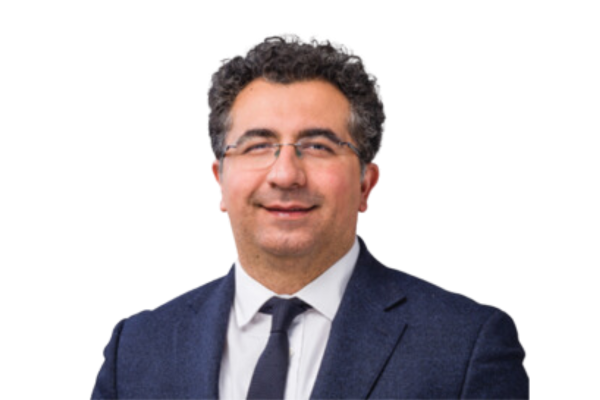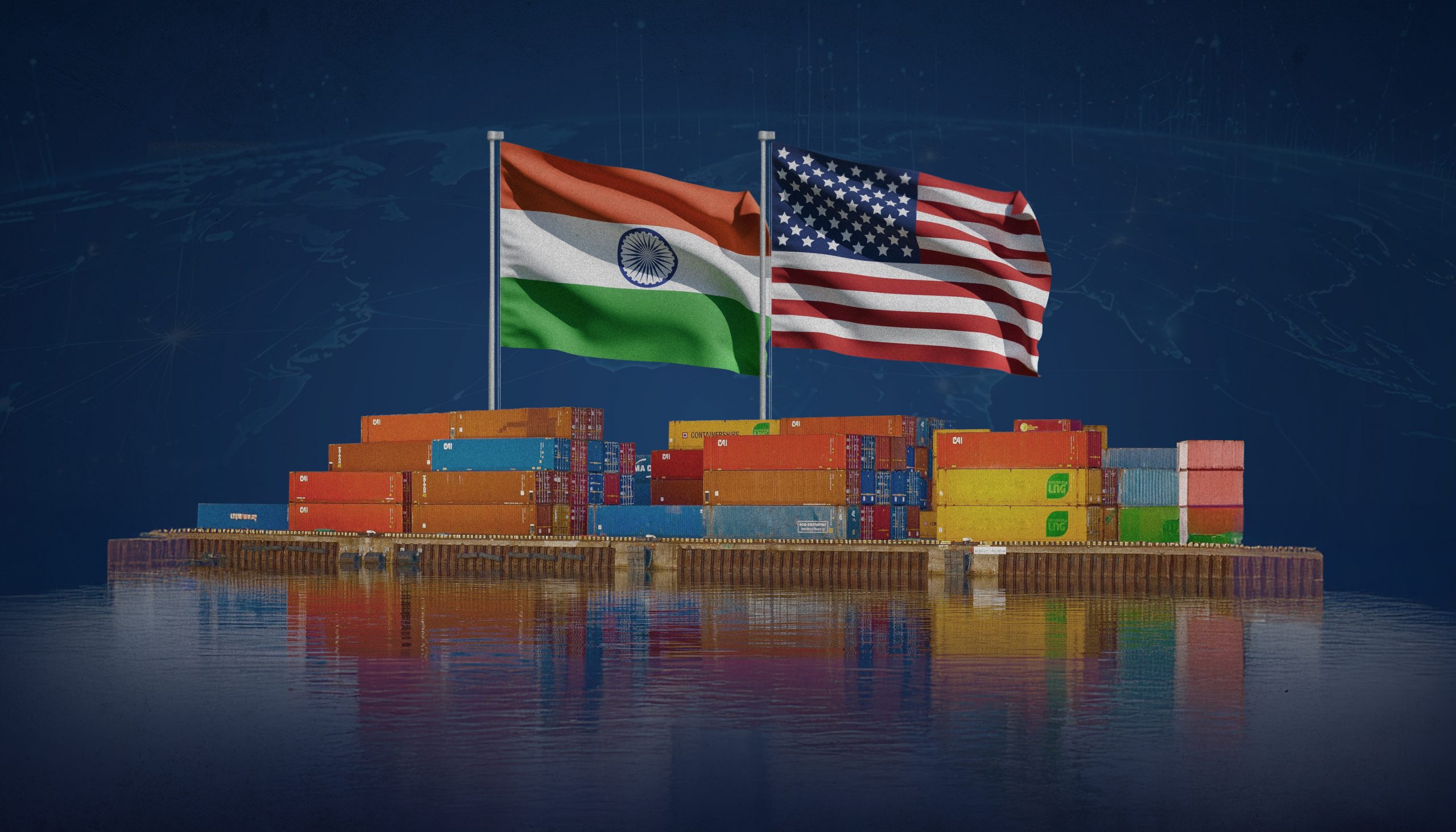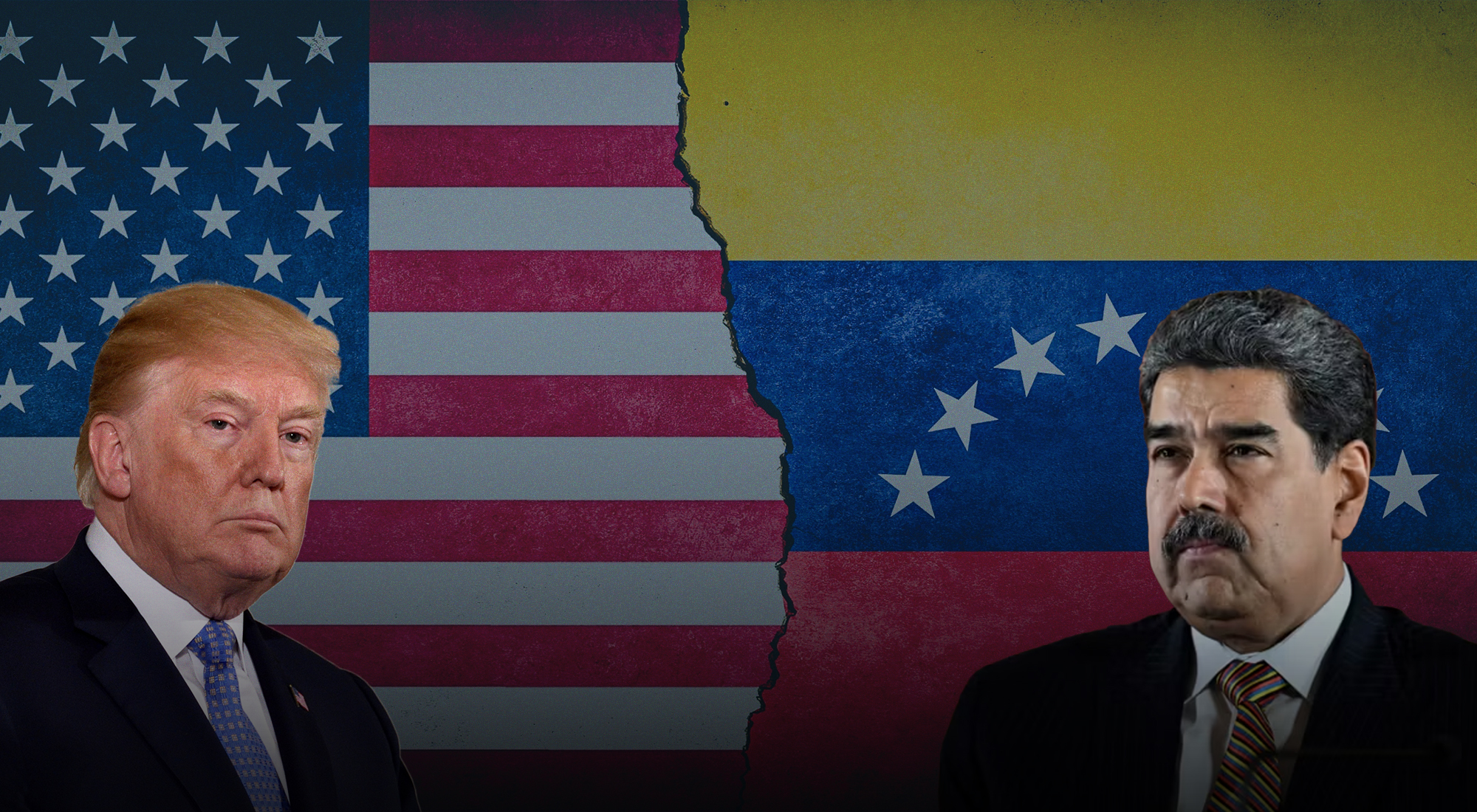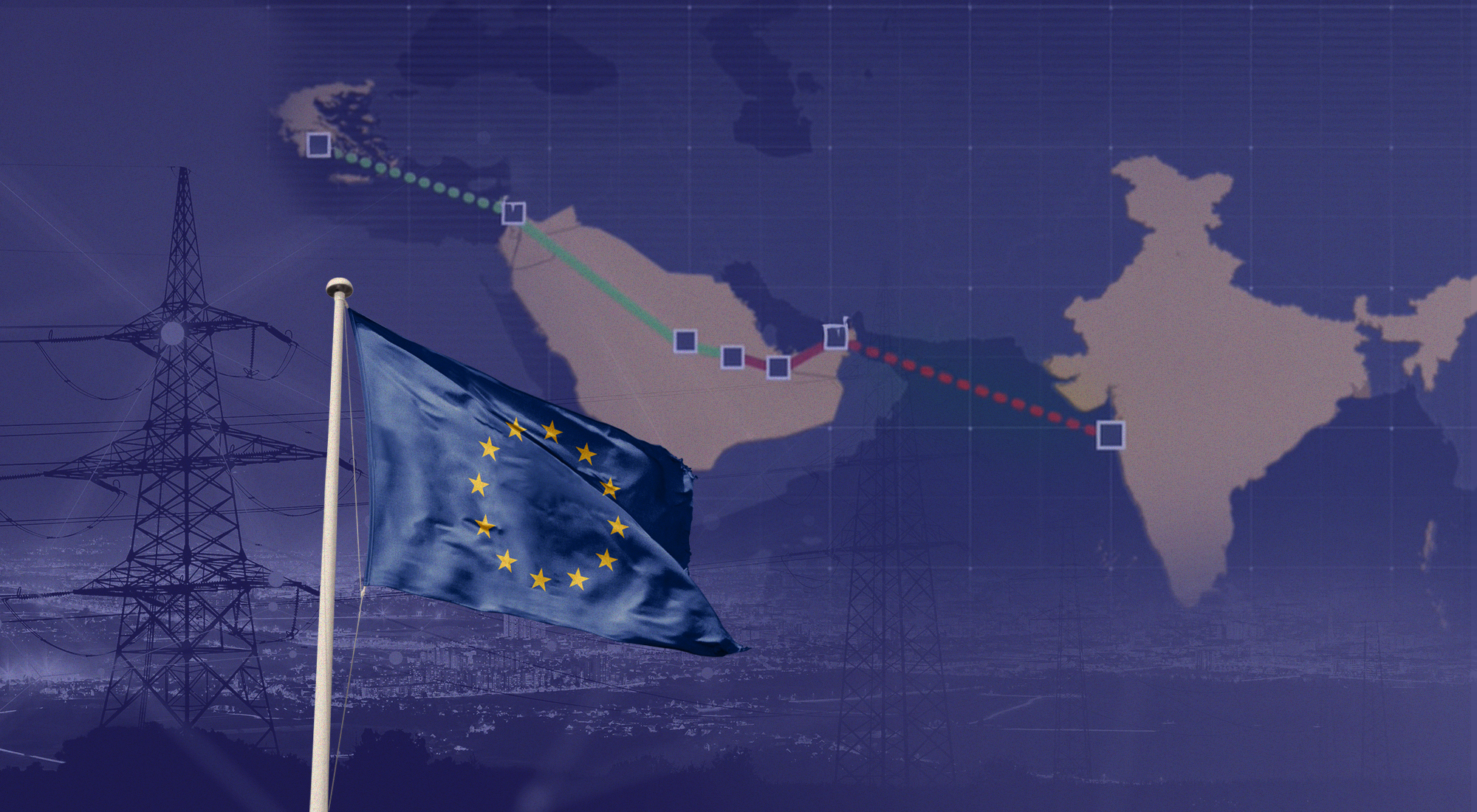The protest
The largest anti-government protest of the post-revolutionary era is underway in Iran. Tens of thousands of citizens, particularly young people and women, have been taking to the streets almost every day over the past four weeks, demanding radical changes in Iran. The protests were triggered by the death of a young girl named Mahsa Amini, who was arrested by morality police on 13 September for violating the Islamic dress code.[1] Mahsa, after a few hours of being arrested, fell into a coma and was later declared brain dead. It took just a few hours for the largest Iranian demonstration to erupt in protest of the death of the young Mahsa who, according to demonstrators and evidence provided by witnesses and family members, was beaten on the head by morality police during the arrest, resulting in fatal injuries. Despite many holding the morality police responsible for Mahsa’s death, authorities deny any involvement. The Iranian coroner’s report denied Mahsa Amini had died due to blows to the head and limbs while in custody and linked her death to pre-existing medical conditions.[2]
Mahsa’s death, coupled with the denial by the Iranian authorities, was the last straw. For several years, there has been widespread discontent with the Islamic republic. The social limitations imposed on citizens and the difficult economic conditions, together with the lack of political freedoms, have provoked a gradual, but ever increasing, sense of criticism and opposition toward the Iranian authorities. This is evidenced by the various anti-government demonstrations over the years: those of 1999, 2003, 2009, and more recently, 2017, 2019, 2022.
The generational change
Generational change represents a key factor in Iran. According to the population pyramid data of the Iranian Statistics Organisation, 73.6 per cent of the population (out of 84 million) are under 45 years old, born during or after the 1979 Revolution.[3] The under-25-year-olds are the so-called millennial Iranians, who are leading these latest protests and peacefully, but decisively, challenging the Islamic Republic in the streets and squares. This generation grew up in the post-revolutionary era, under the ethical and moral values taught in the schools, universities and other cultural centres of the Islamic Republic. However, they seem to be in search of cultural, political and social modernization, following non-violent social movements that lay claim, above all, to individual liberties and the separation of religion and politics, with broader aspirations such as freedom and happiness. Some typical slogans and chants are “Zan, Zendeghi, Azadi” (Women, Life, Freedom) and “Azadi, Azadi, Azadi” (Freedom, Freedom, Freedom).
In fact, the protests have spread exponentially throughout the country, with the involvement of numerous small and large cities, in not only the urban centers but also the rural areas of Iran. There is widespread national unity across all Iranian regions, from Azerbaijan to Kurdistan and from Khorasan to Sistan and Baluchistan, highlighting that there are no ethnic divisions in the country. At the same time, the ongoing repression has been equally as strong. According to internal sources (mostly active on Twitter and coming from an anonymous group of youth in Iran) and agencies abroad, such as Reuters[4] and the Oslo-based Iran Human Rights,[5] 201 demonstrators have been killed so far, including 23 minors.[6] Over the last days, petrochemical workers from several oil centers, such as Aslauyeh, have also joined the protests by staging strikes.[7]
The impact of the latest protests has been deeply felt both in the country and abroad. Many representatives from the world of politics such as the President of the European Parliament, Roberta Metsola, and the President of France, Emanuel Macron; the world of entertainment, such as Iranian actress Hedyeh Tehrani and musician Homayun Shajarian; and the world of sports, such as former national football champions Ali Karim, Mehdi Mahdavi Kia and Ali Daei, have stood in support of the protests. Iranian women are rebelling against the government by cutting their hair in defiance of the country’s strict dress code, and have garnered international support. Women from all around the world have also started cutting their hair in an act of solidarity, with hundreds of videos posted on social media from different parts of the world. This level of international support has not been seen in recent decades. While the protests are not directly linked with the current economic challenges facing the country due to international sanctions, they are indirectly related to the government’s corrupt activities and inability to lead the country into prosperity, with the new generations asking for a transparent, efficient and accountable system of governance.[8]
Mahsa was arrested for having violated, according to the morality police, the Islamic dress code in force in Iran since the 1979 revolution, which has imposed the veil on women for about forty years now. The Islamic veil (the hijab) represents a fundamental code of values for the Islamic republic. Metaphorically speaking, the veil is for the ruling Shiite clergy what the Berlin Wall represented for the Soviet Union. Should the obligation for women to wear the veil in public be lifted, the Iranian ruling class would completely lose its symbolic power. Thus, the Iranian Islamic authorities have never taken a step back on the obligation of the veil.
Who are the Iranian millennials?
The protagonists of these protests are the new generations, especially young students. This does not mean that there is a generational characterization of the protests in which, as the days go by, more and more Iranians of all ages and social groups are participating. The protest movement does not distinguish between the various political factions present within the Islamic republic. Iran is facing a generation without ideology, a generation in search of freedom and happiness. It has no sympathy for the ideologies of the last century, nor does it sympathize with Islamic ideologies or leftist movements. The young people in the squares are demanding the secularization of the state.
After four decades of the Islamic Republic, the youngest representatives of the society are demanding profound political and social changes, mostly inspired by secular and patriotic values – in other words, the separation of religion and politics, equality between men and women, freedom of thought and expression, respect for human rights, and democratization. They are calling for political pluralism and are against authoritarian rule.
This is significant as it differentiates Iranian civil society from that of North Africa and some Middle Eastern nations. In Syria and Iraq, for example, historically the ruling military dictators used secularism as a founding principle of their governments, so it is not surprising that when change was desired in these countries, a reversal of perspective – in the form of a moderate Islamic ideology – was championed. Since Islamic forces were almost entirely excluded from the political arena, they appeared as a vector for change and thus gained significant support from many citizens. In the case of Iran, however, having lived under the dominance of an Islamic state ideology for decades, new grievances within civil society have emerged, which seem to be calling for the opposite of the status quo – the secularization of the state.
A growing phenomenon among Iranian youth is the resort to nationalism and secularism as symbolic sources that have affected new political trends, particularly in the last two decades. The most illustrative examples that draw attention to the revival of these values within parts of the society, in particular among young Iranians and women, can be observed around the end of the 1990s and early 2000s.
The first example is the impressive revival, particularly among today’s youth, of interest in the history of pre-Islamic Persia and of Zoroastrian philosophy. Renowned national symbolic historical figures such as Cyrus the Great[9] and Darius – enlightened emperors who governed an ancient civilisation with a progressive view of human values and human rights – have become popular among young Iranians. Making references to these symbolic icons for political purposes has become common, especially among users of popular social media such as Facebook, Twitter and Instagram. An influential symbol of this is the Cyrus Cylinder, a clay artefact that dates back to the 6th century BC, on which universal principles regarding the dignity and inalienable liberty of human beings are carved. Among the most important inscriptions on the cylinder are those that repudiate slavery and recognise the essential right of every man to follow freely his own religious faith. At a time of widespread discontent against the Islamic Republic, these values appear increasingly appealing to the new generations.
Visiting historical pre-Islamic sites such as Persepolis and Pasargad has also become more widespread in the last two decades. Despite restrictions imposed by security and police forces, every year thousands of Iranians celebrate Cyrus the Great Day at the end of October by gathering in front of the Tomb of Cyrus in Pasargad, chanting patriotic slogans calling for freedom and respect for civil rights. In 2016, one particular slogan stood out: “Iran Vatan-e Mast, Kourosh Pedar-e Mast,” meaning ‘Iran is our motherland, Cyrus is our father’.[10] Another trend is the revival of Zoroastrianism through the use of symbols representing Farvahar (a symbol of Persian Zoroastrian faith), Persepolis, or the tomb of Cyrus in young Iranians’ jewellery and clothes.
Within these new generations, we can also see trends which go beyond cultural and political modernism. The current debate among the youth on social media and elsewhere with regard to civil rights and liberties, and their relationship with the emergence of a sort of inclusive democracy, also holds out the prospect of an active and progressive generation whose members are attentive to topics such as women’s rights, gender issues, environmental policies, and minority rights.
All these elements could be interpreted as a reaction to the promotion of political Islam by the Islamic Republic, demonstrating at the same time how Iranians are using nationalistic icons for political purposes. On the political and cultural level, members of this new generation have already gone beyond the ideas of their fathers and those of the architects of the 1979 revolution and Islamic Republic. One may support the hypothesis that Iran, with its large youth majority, is at the eve of an Iranian Renaissance.
This protest movement seems to be more structured, widely involving many urban and rural centres, and students and workers. It is mostly based on demand for socio-economic and civil liberties, with a political approach. The 2022 protests, unlike the 2009 Green Movement, do not find their basis in the reformist side of the Islamic Republic. They are part of an independent generational movement.
The reaction of the government so far has mostly revolved around the use of force by rigid anti-riot police and paramilitary forces in order to stop the protests. There have also been some hints at possible dialogue with the younger generations. For example, the head of the Islamic Revolutionary Guard Corps, General Salami, called the youth his friends, while some senior governmental Shiite clergy called for dialogue with the youth. These responses have not as yet produced any results, with protests seemingly expanding across the country amid the calls for change.
Conclusion
Revolutions characteristically bring, or seek to bring, radical change within the social structure and ideological basis of a state. Like the 1979 Revolution in Iran, other revolutions such as the October Russian Revolution or the French Revolution had the objective of modifying the social heritage of the country. In order to evaluate whether the social heritage and ideological basis of the Islamic Revolution in Iran remain rooted in society, one must analyze the extent to which the social values of the Revolution have been transmitted to the new generations. Is there continuity? Did the process of socialization in the last four decades in Iran ensure continuity between the old generations who went through the Revolution and the new generations who came after it?[11]
The recent protests are led by a post-revolutionary generation, born between 1998 and 2008, which know neither the era of the Shah of Persia, Mohammad Reza Pahlavi, nor that of Ayatollah Ruhollah Khomeini, the founder of the Islamic Republic. This generation is, on the one hand, a segment of the population that was raised under the educational system of the Islamic Republic, but, on the other, a generation that is significantly present on the internet and follows satellite channels in Persian from abroad.
This has given birth to a hybrid generation, which, having experienced both the social control of the Islamic Republic and the pluralism of values present in the globalized world, has reached a synthesis of thought, which has led to the search for a political system free from authoritarianism. One can argue that this is the most modern protest movement of the twenty-first century.
References
[1] The Islamic principle upon which the morality police (polis-e amniat-e akhlaqi) is based is known as amr-e be maʻrouf va nah-ye az monkar (commanding good and forbidding evil), according to which an Islamic government should exhort people to act for the good and dissuade it from doing evil. This principle is considered to be the ideological foundation that allows the morality police to intervene in both the public and private lives of Iranian citizens. Often, the morality police, as well as the Basij, patrol the streets and public spaces to confront citizens who violate the Islamic dress code, particularly in cases of ‘mal-veiling’ or ‘bad hijab’; these are mostly women who do not fully respect the Islamic veil code.
[2] “Iranian Coroner Disputes That Mahsa Amini Died of Blows to Head and Limbs, as Protests Continue,” CBC News, October 7, 2022, http://bitly.ws/vw58.
[3] Population Pyramid, “Population Pyramids of the World from 1950 to 2100: Iran,” http://bitly.ws/vw5b.
[4] Parisa Hafezi, “Iranians Keep Up Protests over Mahsa Amini Death despite Mounting Fatalities,” October 13, 2022, http://bitly.ws/vw54.
[5] “Iran Protests: Death Toll Rises to at Least 201/Children Victims of the Crackdown,” Iran Human Rights, October 12, 2022, http://bitly.ws/vw5j.
[6] Farnaz Fassihi, “How Two Teenagers Became the New Faces of Iran’s Protests,” October 13, 2022, http://bitly.ws/vw5B.
[7] “Protests in Iran Spread to Oil and Gas Sector,” VOA News, October 10, 2022, http://bitly.ws/vA8M.
[8] “American Sanctions Bring More Agony to Iran’s Dysfunctional Economy,” The Economist, August 8, 2018, http://bitly.ws/vw66.
[9] For further reading on the cult of Cyrus the Great, see Ali M. Ansari, The Politics of Nationalism in Modern Iran (New York: Cambridge University Press, 2012): 168-172.
[10] Moris Aryai, “Iran Is Our Motherland, Cyrus Is Our Father,” October 28, 2016, YouTube video, http://bitly.ws/vw6T.
[11] For further reading on the concept of social continuity or the transmission of the social heritage, see Shmuel Noah Eisenstadt, From Generation to Generation: Age Groups and Social Structure (Glencoe, IL: The Free Press, 1955): pp. 21–29.








